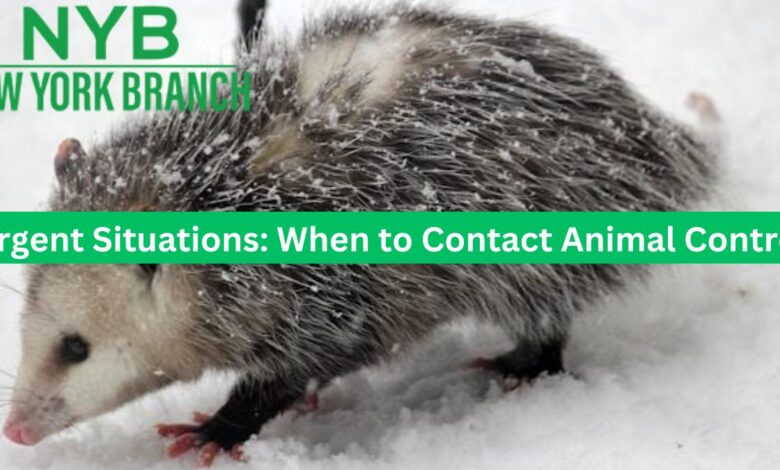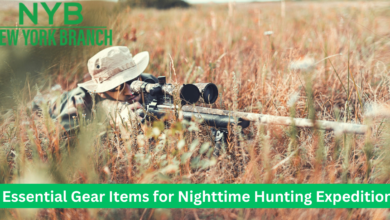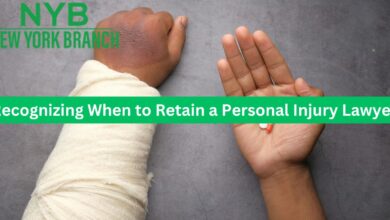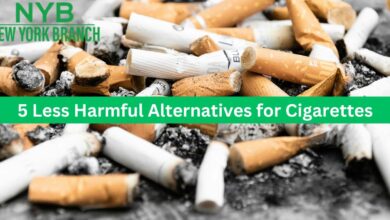Urgent Situations: When to Contact Animal Control

Humans and animals will inevitably interact in shared habitat. Although most of these interactions are benign or even enjoyable, occasionally, they become serious and require the assistance of animal control officials. Understanding when to seek help can help keep both people and animals safe. This is a handbook to help you comprehend these emergency scenarios and know when to call animal control.
Wildlife in Residential Areas
The encroachment of wild animals into residential areas makes both people and animals vulnerable to danger. Animals such as raccoons can enter attics for a variety of reasons, including being drawn to food sources or looking for shelter. This poses a risk to the structural integrity of the property and can also result in the transmission of diseases. It is critically important to take fast action in instances like these to avoid causing damage to property and guarantee the well-being of both people and animals.
So therefore, it is advised to seek professional aid to locate raccoons in attic areas and to facilitate their easy capture.
It is imperative to take prompt action in the event of encountering hostile animals, regardless of whether they are domesticated or wild. Because of the potential for danger, it is necessary to intervene when pets exhibit signs of hostility against humans or other animals. When wild animals are seen acting violently toward humans, prompt contact must be made with animal control in order to guarantee the safety of the general public and address the underlying reason for the animal’s behavior.
Stray or Injured Animals
Stray animals or animals that have been harmed are highly vulnerable and require assistance in order to ensure their well-being. In order to provide immediate assistance, it is essential to get in touch with animal control, regardless of whether the animal in question is a lost pet or a wild animal in distress. Both injured animals and stray pets require assistance in order to be reunited with their owners or to locate adequate care. Injured animals can require medical attention. Prompt intervention has the potential to protect individuals from suffering and increase the likelihood of effective rehabilitation procedures.
Nuisance Wildlife
When they continually interfere with human activities or cause damage to property, certain kinds of wildlife, such as raccoons, can quickly become a nuisance. For example, raccoons that are inhabiting the attic can do major damage while also causing disruptions to the activities that they are engaged in. To successfully solve the problem and prevent any future difficulty or harm, it is vital to get in touch with animal control in situations like these.
Zoonotic Diseases
Infectious diseases that can be passed from animals to humans are known as zoonotic diseases, and they present substantial threats to public health. Animals that are known to be carriers of zoonotic pathogens or animals who are exhibiting indications of such diseases require quick attention from the authorities in charge of animal management. Intervention in a timely manner has the potential to curtail the propagation of disease and safeguard human and animal populations against the occurrence of possible outbreaks.
Endangered Species Protection
Careful handling is necessary when interacting with protected or endangered species to ensure their existence. Even inadvertently upsetting or hurting these animals might result in serious legal consequences. When such species are seen, calling animal control enables qualified experts to handle the situation responsibly, protecting the animals and adhering to conservation laws.
Wildlife Infestations
Wildlife infestations, such as those caused by rodents or insects, can spread fast, causing harm to property and health hazards. It is imperative to take swift action against these infections in order to stop them from spreading further and to lessen the risks they pose. The knowledge and resources of animal control organizations enable them to efficiently handle infestations of this kind, protecting the health and welfare of both people and animals.
Conclusion
Maintaining safety, safeguarding property, and encouraging coexistence between people and wildlife all depend on the ability to identify urgent animal situations and knowing when to call animal control. Timely involvement can significantly improve outcomes for all parties involved in situations including wildlife invasion, aggressive behavior management, assisting stray or injured animals, or reducing dangers to the public’s health. You can promote a harmonious relationship with the animal kingdom while preserving communities and the environment by being aware of these scenarios and acting appropriately.



